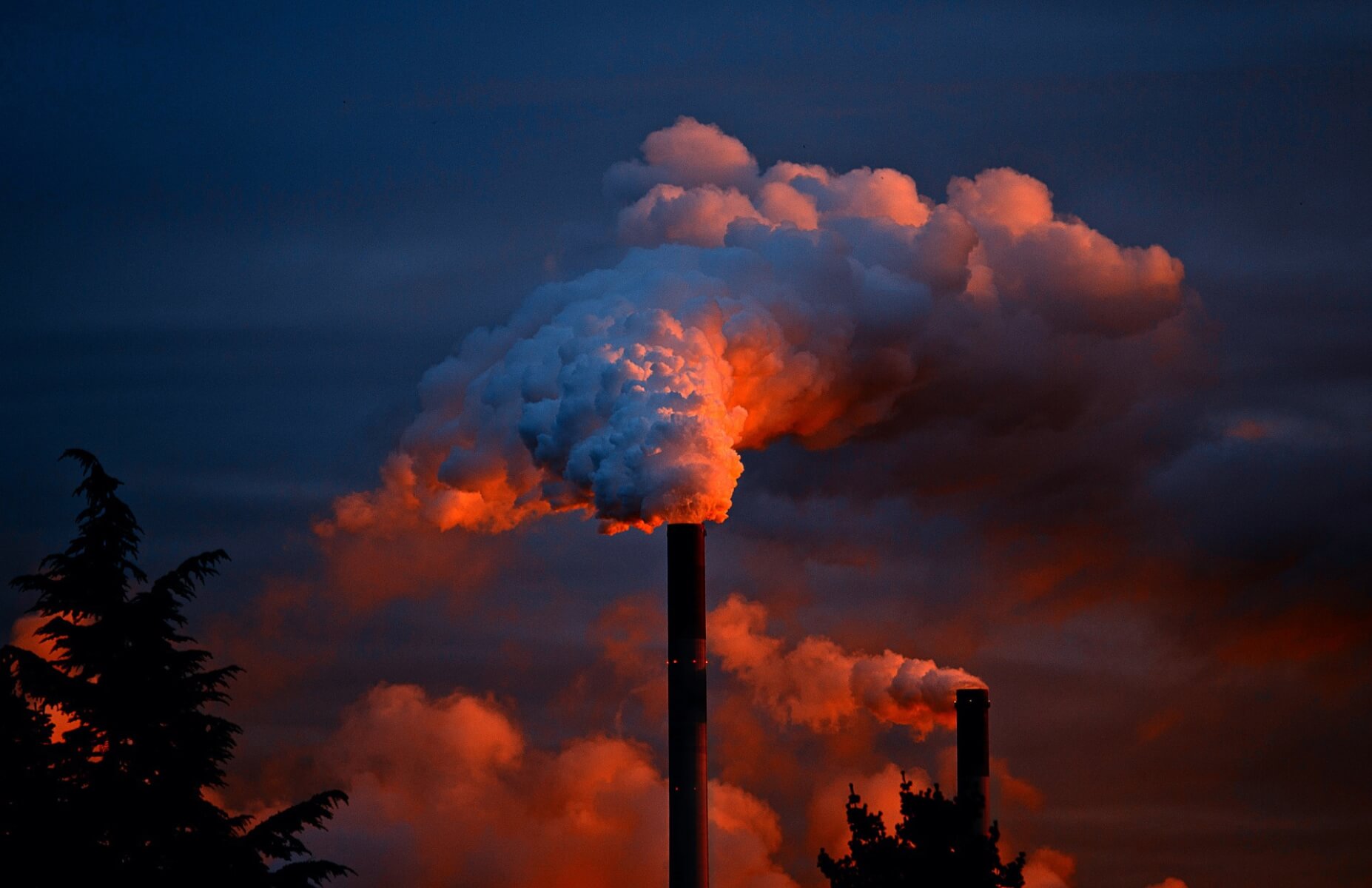China is one of the countries that are making serious efforts when it comes to building solar construction: between 2010 and 2017, the country went from only having less than 1 gigawatt of solar capacity to 130 gigawatts. By the time 2030 will come around, it’s expected that the country will push up those numbers to 400 gigawatts.
Unfortunately, this boost will have to overcome a pretty serious obstacle: air pollution.
The air quality in China has declined in the past few years, considerably so – the country hosts a massive industrial manufacturing sector and regularly makes use of coal to keep it all going.
With a good number of Chinese citizens affected by smog in particular, it’s not unusual to see people walking around through cities like Beijing wearing masks that cover their faces.
“People are starting to treat air purifiers as a necessary appliance like a washing machine or computer,” said air purifier salesperson Bi Xiuyan about the plight of air pollution.”Everybody needs to breathe.”
A 2012 study showed that the fine particles that can be found in smog are responsible for respiratory and cardiovascular disease and also account for a large number of other health damages among the Chinese citizens.
The smog traces from mainland China have been shown to reach even as far as California.
A recent study, which looked over records of solar radiation as early as the 1950’s showed a decline until 2005 when the levels begun to increase and eventually spike at a fast pace. The study also tracked the increase in air pollution caused by power plants that use coal.
With this information on hand, a team from ETH Zürich, led by Bart Sweerts, fed the numbers into a generation model for the Chinese solar installations, which calculated how much solar power would be gained just by cleaning up the air.
The average solar generation declined about 13% between 1960 and 2015: the drop from the beginning to the lowest point in time, which was 2008, was 0.162 to 0.142. The provinces who were hit the hardest with air pollution saw a generation drop of 20 to 28%.
If China somehow manages to go back to the same air quality it had back in the 1950s, the solar power production would really have a positive impact on the current climate change crisis.
China has started to shut down or upgrade old factories and has passed new restrictions that aim to tackle emissions. Even Beijing has managed to fall out of the top 100 most polluted cities in Asia while Shanghai had adopted strict recycling regulations.
China is making efforts, but there is still a lot more work to be done before the country will see the same clear skies its past generations have.
Follow TechTheLead on Google News to get the news first.























